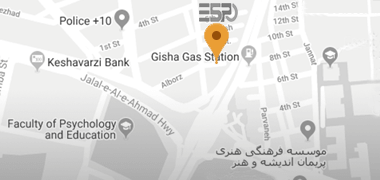
طراحی دکوراسیون داخلی این پروژه با تأکید بر تلفیق زیبایی و عملکرد، فضایی مدرن و دلنشین ایجاد کرده است. در این پروژه، استفاده از رنگهای خنثی در کنار جزئیات چوبی، حس گرما و آرامش را به فضا منتقل میکند. نورپردازیهای هوشمندانه و انتخاب مبلمان مینیمال، فضا را بهینه و کاربردی کرده است. همچنین توجه ویژه به نور طبیعی و استفاده از متریالهای باکیفیت، حس لوکس بودن را به طراحی افزوده و محیطی ایدهآل برای زندگی فراهم کرده است.
با استفاده از پنجره های بزرگ در ضلع های جنوبی و شمالی نور با کیفیت به داخل فضاهای خانه هدایت شده است. طراحی به گونه ای است که گردن کار در خانه به سادگی صورت پذیرد و فضایی امن و آرام برای استراحت باشد.
به طور کلی طراحی این پروژه ترکیبی هماهنگ از زیبایی، عملکرد و راحتی است که تجربه ای مدرن و دلنشین از زندگی را به ارمغان می آورد.







